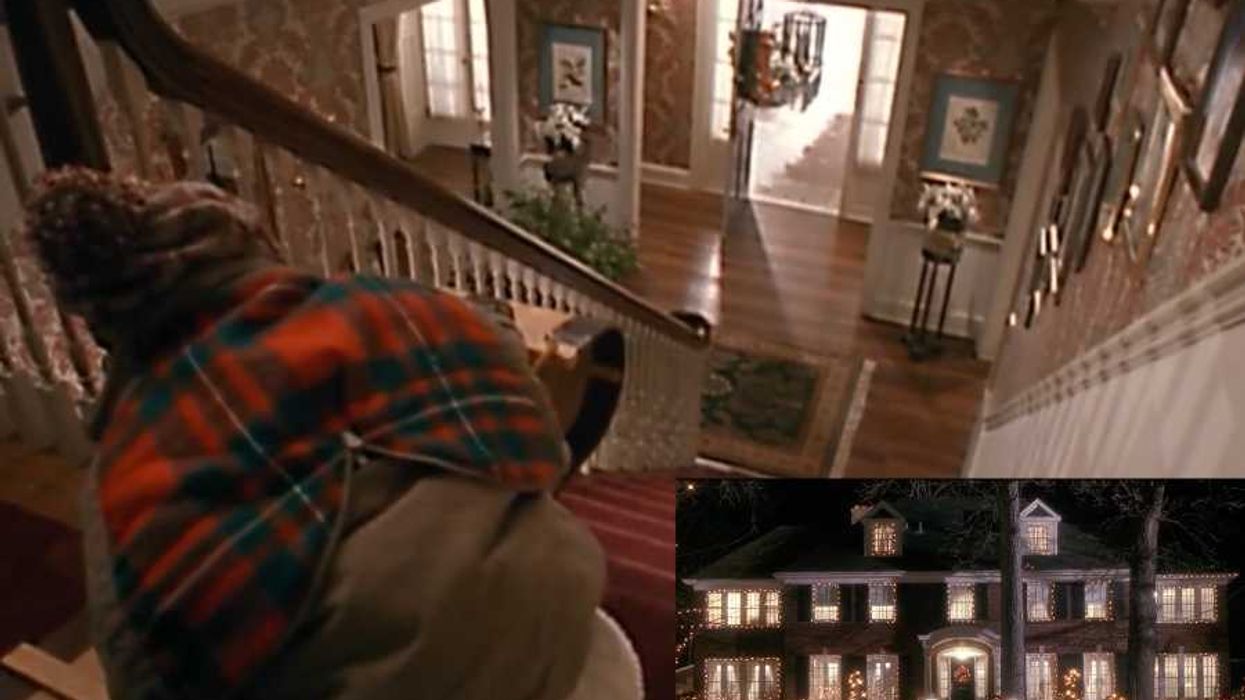The phenomenon of “vampire draw” or “vampire load” or “vampire power” or “Kristen Stewart wall lightning” has been covered often and covered well here and by other forward-thinking, energy-conscious, media outlets. Therefore, for the benefit of readers who may be unfamiliar with the phrase, I’ll only give this abbreviated summary of the phenomenon before moving on: vampire draw is the pet name for the electrical power your electronics consume when they are switched off. The U.S. Department of Energy estimates that the average American household is wasting $100 worth of energy per year—a small amount per household, but collectively a gigantic waste of vital resources.
If you’d like to save money and energy by combatting this phenomenon, read this article here or do a web search for “vampire load”—without giggling. Your search will be handsomely rewarded.
Instead of covering what’s already been covered—and because GOOD readers are sexy fact-devouring knowledge-monsters—let’s dig into the science behind vampire draw so that the next time your parents say, “Yeah, but WHY do they draw power if they’re off...AND how would you know anyway, Mr. Unemployed English Major?” you can serve up this big old steaming cup of “in your face!”
Here are some quick basics. Electricity is the flow of electrons. Electrons—along with protons and neutrons—are the building blocks of atoms. Atoms combine in different configurations to create molecules. Molecules combine to create everything on Earth—air, salt, water, Kristen Stewart, etc. Electrons “flow” when they jump from one atom to the next through whatever material in which they happen to be. Some materials—like wood—are made up of molecules that have a strong bond to their electrons—restricting flow and making themselves poor conductors of electricity. Some materials—like copper—are made up of atoms with free electrons that flow more easily, making them excellent conductors of electricity.
Molecules strongly prefer having a certain number of electrons at one time. If one electron is given to a molecule, one must leave. If one electron is added to one side of a chain of molecules, one will leave, if it possibly can, to maintain the status quo. For example, if you filled a garden hose with ping pong balls, and then pushed one more ball into one end of the hose—instantly, a ball would pop out at the other end of the tube. Thus, if you push an electrical current (flowing electrons) into a 1,000-mile copper powerline, that electrical current would instantly flow from the other side. A wire is electrified or it isn’t—there is no in between.
Now, on to vampire draw. There are two types of vampire draw: one type lies to you (and breaks your mortal heart) and the other type hides from you (and makes you desperate for the cold touch of the undead).
The lying type of vampire draw is simple to explain and eliminate. When your electronics tell you they are off, they are not. Your TV is “off” but still using electricity to listen for your remote control. Unplug your TV.
The more interesting type of vampire draw hides from you as though you were the frigid Queen of the Volturi. Appliances that have no digital clock, no remote control, no “standby” mode, and no discernable reason to consume power, still do. The reason comes down to the nature of electricity and “no-load losses.”
Think of your home electrical outlet as a firehose of electricity. Open the value by plugging a conductive material into the surprised little face socket—now, there’s some pareidolia for you—and you’ll release an electrical alternating current (AC) pressurized at 120 volts. Your computer, phone, modem, router, printer, and Twilight adult novelty items, however, do not need 120 volts of current (a firehose-amount of power, as your big screen TV does). They only need 12 volts of electrical direct current (DC) power. To account for the difference, each device has (what is normally) a small black cube of a power adapter that does two things: using a transformer, it depressurizes the current (“slows” it within the adapter from 120 volts to 12 volts), and using a rectifier it converts it from alternating current (AC)—where the current’s electrical charge flips flops between a positive charge and a negative charge—to direct current (DC)—where the electrical charge is constantly positive or negative.
Both of these transformations incur losses of usable power—creating friction and waste heat. And, because the circuitry within the adapters has opened the pressurized valve that is your wall socket and is allowing electricity to “leak” out, this inefficient power conversion process occurs whenever the adapter is plugged into the wall—whether the end-device is connected to it or not.
So, to make a long story short: unplug your adapters. And for the record, I do not own any Twilight novelty devices. You do.
Illustration by Fatim Hana
















 Otis knew before they did.
Otis knew before they did.